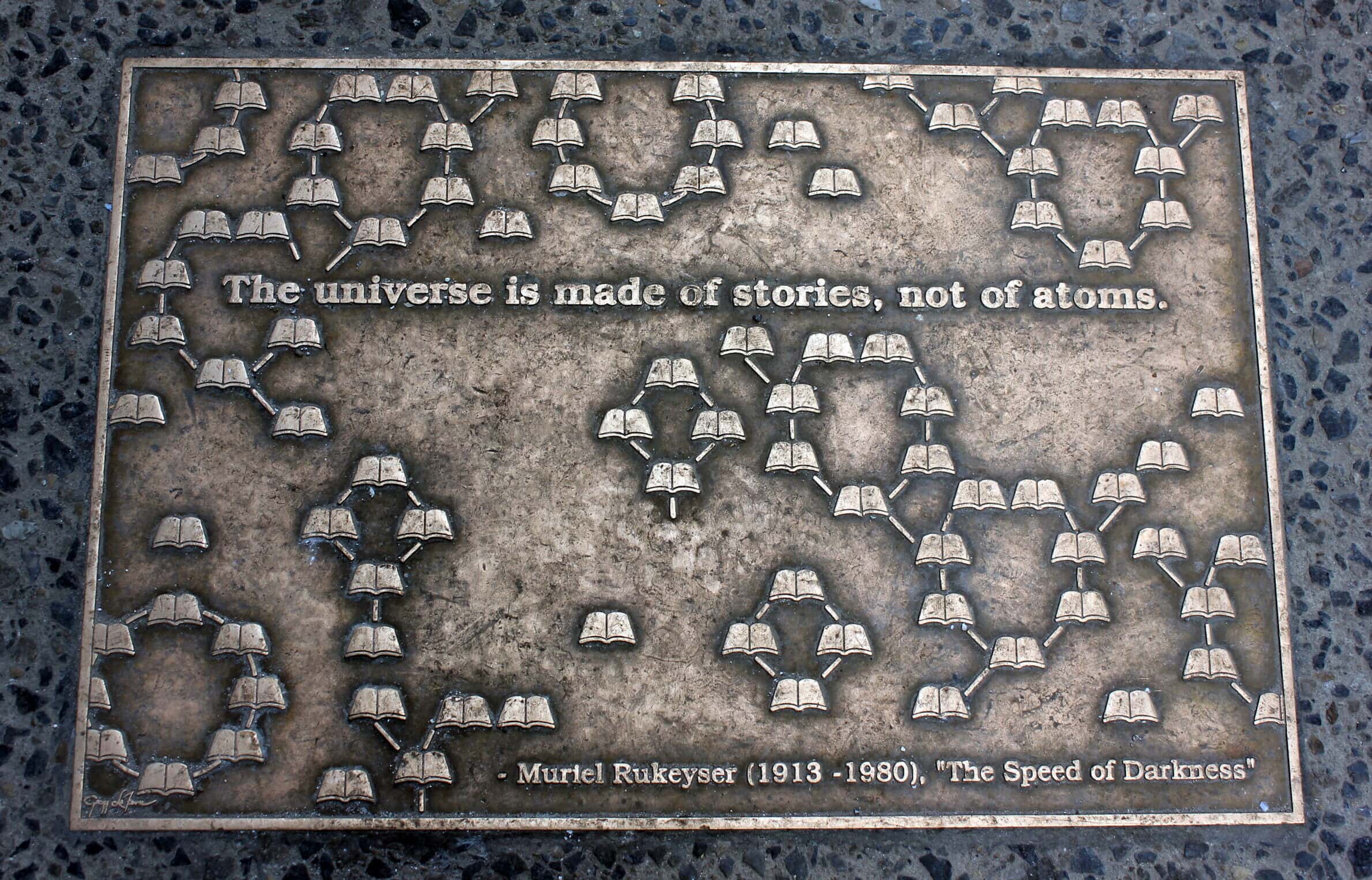Every academic year, in November and March, members of the AHA Program Committee meet in Washington, D.C., to evaluate some 250 proposals and to determine which 140 will appear on the program of the next January’s annual meeting. By a curious twist of fate, I have served on three Program Committees in a row and have watched three fine chairs lead in constructing programs: Linda Levy Peck, Robert Harris, and, for the 1996 annual meeting, Renate Bridenthal, with whom I serve as co-chair. Having reviewed some 700 proposals, I am ready to offer a few pointers to colleagues submitting panel proposals about how to put their best foot forward.
Rules and Judgments in Setting Up a Panel
- All panelists must be AHA members.
- No one may appear on the program of two successive AHA meetings, or twice on the program of one annual meeting, even as chair of two panels. Since not everyone knows or remembers this rule, a panel organizer must confirm each participant’s eligibility. The Program Committee enforces this rule virtually without exception.
- To reinforce the obvious: neatness counts. While the content of the panel and papers is ultimately most important, the form of the proposals is significant in conveying that content. When a committee must review hundreds of proposals, those that are readable and well organized have a tendency to rise to the top.
- Four papers and two comments make for an overly crowded panel; two papers and one comment is not enough. The chair and commentator should be different people in case one cannot make it. Senior commentators, experienced on a topic, are more convincing to the committee and to audiences than are junior commentators. Panels submitted without a chair or commentator are less likely to be accepted.
- Gender balance is important; the effort put into turning single-sex panel proposals into gender integrated panels usually results in a healthy broadening of perspectives.
- Representing a range of institutions is also important, by which I mean a regional range and the panelists’ current and doctoral institutions. It is useful to seek out a mix of junior and senior panelists.
- Authors of single papers in search of a panel may want to post a notice to the appropriate H Net list in their field.
- There are two deadlines for the AHA program, one in October and one in February. I always favor going for the early deadline, although I think the standards exercised during the two Program Committee meetings are about the same. Nonetheless, a sympathetic Program Committee may recommend ways to strengthen a panel proposal submitted in October. By the March meeting, panels are either accepted or rejected.
Content
- The content and topical interaction of the papers are, of course, the real substance of each panel. Papers might include three approaches to a single issue in a given place and time, or they might include three approaches to an issue in a range of places, with the approaches linked by a common theory. Linking intellectual issues to teaching issues provides an added strength. In any case, the papers should present new work to the audience.
- Because the AHA serves a wide audience of historians, panels are more competitive if they are comparative or engage in issues of broad interest rather than if they are narrowly specialized.
Let me conclude with a discovery that provides food for thought. With the aid of Northeastern University graduate student Patrick Preston, I went through AHA programs since 1980 and coded up the panels. It is notable that few panels are submitted in the areas of Africa, the Middle East, Asia, or Eastern Europe; panels in these areas should clearly be encouraged in the future. I also found a remarkable continuity in the regional distribution of panels, and even in the proportion of comparative and global panels. Maybe the topics of our papers have changed over the years, but the regional and temporal focuses seem to have remained more or less the same.



